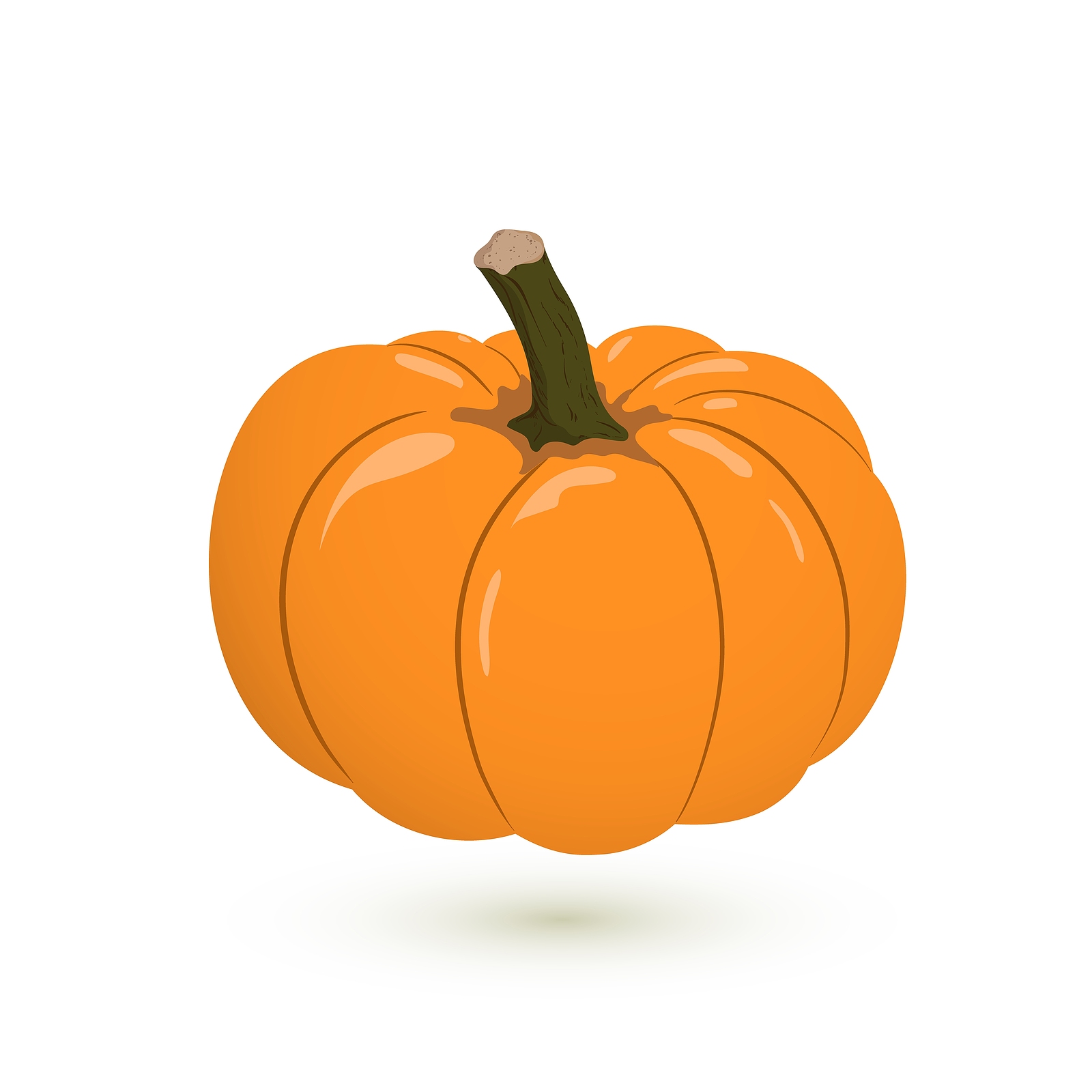Halloween is more than just costumes, sweets and pumpkins – it’s also a golden opportunity for brands to tap into one of the most powerful human emotions: fear. While fear is typically seen as a negative feeling, in the right context, it can drive curiosity, excitement and action. This is the foundation of fear marketing, a tactic many companies use during Halloween to capture attention and boost engagement. In this article, we’ll explore the psychology behind fear marketing and why Halloween-themed ads resonate so strongly with audiences.
Why fears get our attention
Fear is hardwired into the human brain. When we sense danger – whether real or imagined – our amygdala triggers a “fight or flight” response. This makes us more alert, more attentive and more likely to remember the experience. Marketers use this to their advantage. Halloween ads often employ eerie visuals, suspenseful storytelling, or spooky sound effects that trigger just enough fear to grab attention without pushing people away.
The thrill of safe fear
Halloween creates a unique environment for what psychologists call “safe fear”. Haunted houses, horror films and jump-scare ads all create tension and excitement – but people know they’re not in real danger. This safe fear releases adrenaline, which heightens emotional response and makes the experience more memorable. When brands tie their product or service to this heightened state of engagement, it leaves a stronger impression than a standard everyday ad.
Fear enhances memory retention
Studies show that emotionally charged experiences stick in our memory longer. A scary ad, creepy jingle or spooky mascot will often be remembered more vividly than a generic commercial. For example, horror-inspired campaigns around Halloween often get higher shares on social media simply because they stand out from the clutter of ordinary promotions. The fear factor gives them an edge in recall.

Creating scarcity & urgency
Fear in marketing isn’t always about ghosts and monsters – it’s also about missing out. Brands often lean into fear of loss during Halloween by:
- Running limited-time spooky deals
- Promoting exclusive seasonal products (pumpkin spice anything, anyone?)
- Using countdowns and phrases like “don’t miss out before it disappears”
This taps into FOMO (fear of missing out), a proven motivator that pushes consumers to act quickly.
Social connection through shared fear
Fear is surprisingly social. People love sharing scary stories, going to haunted houses together, or tagging friends in creepy ads. Halloween campaigns that incorporate community experiences – such as hashtag challenges, spooky contests or interactive filters – encourage audiences to bond over the fun of being scared. This shared emotional experience builds stronger connections not only between people but also between consumers and the brand.
Best practices for using fear in Halloween ads
While fear marketing is powerful, it’s also easy to misuse. Here are a few best practices:
- Keep it playful – don’t traumatise your audience – lean into fun, campy spookiness
- Match your brand personality – a children’s brand might use friendly ghosts, while a fashion brand could lean into edgy gothic vibes
- Balance fear with delight – pairing spooky imagery with humour, rewards or discounts makes the experience enjoyable rather than stressful
- Avoid sensitive topics – real-world tragedies or phobias should never be exploited
Why Halloween ads work so well
Ultimately, Halloween ads work because they transform into fun. They tap into a basic human emotion, create memorable experiences and spark conversation. By turning the psychology of fear into a seasonal celebration, brands can craft campaigns that are engaging, shareable and profitable. Fear grabs attention, boosts memory retention and drives – but during Halloween, it does so in a safe, playful way. Brands that understand this psychology can create campaigns that not only scare up engagement but also build lasting customer loyalty.
Kumo delivers bespoke digital marketing services to companies across the UK. Operating from our Nottingham office, our experienced team specialises in SEO, PPC, content marketing, web design and more. If you’re looking to take your business to the next level, reach out to our friendly experts – we’re dedicated to achieving measurable, lasting growth for you.
Author Biography
Lorna
As an experienced Copywriter, Lorna enjoys creating varied content for an abundance of different industries and sectors. From detailed, informative articles to creative infographics, she's always looking to inject originality into the work she produces. When she isn't working, Lorna runs her own lifestyle blog, plays the guitar and loves to take part in charity runs.